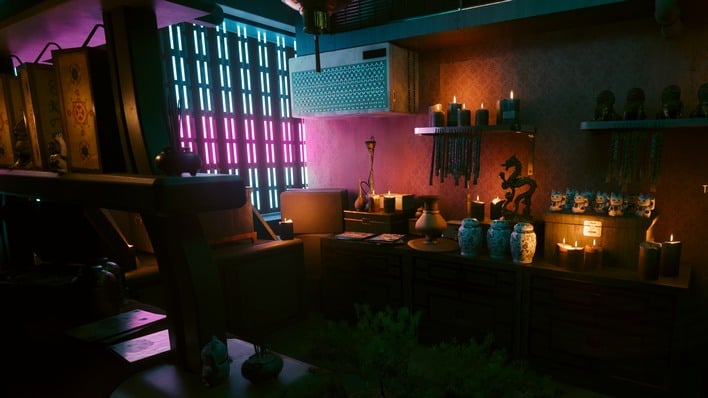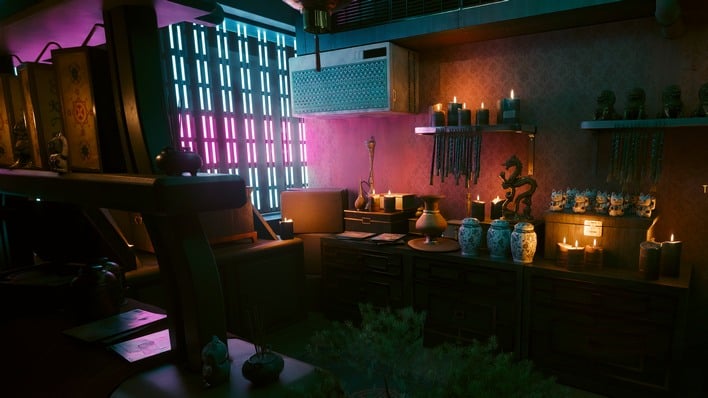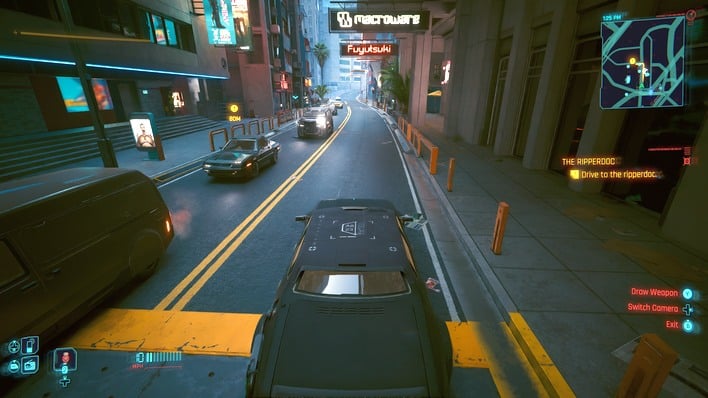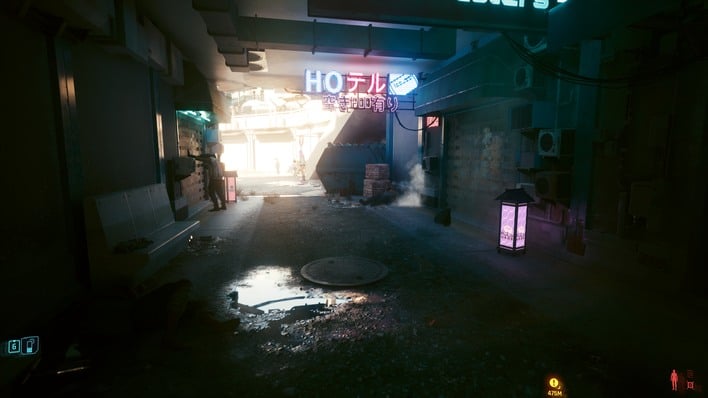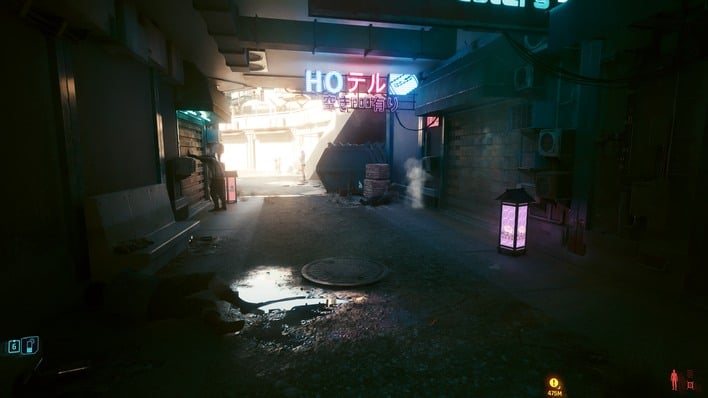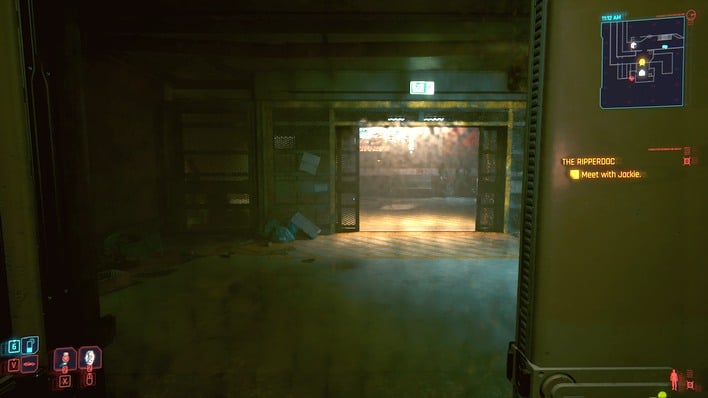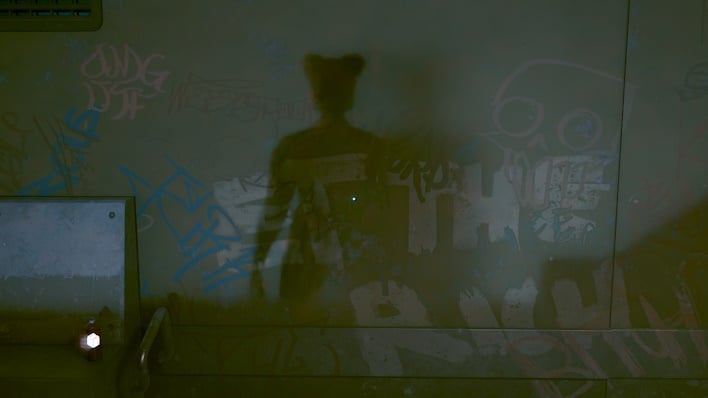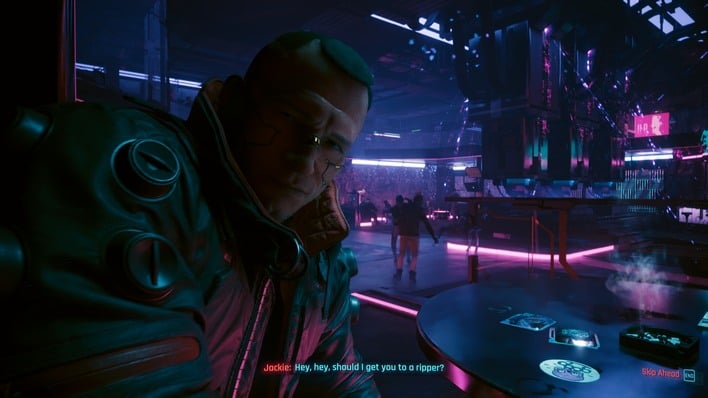DLSS 3.5 Tested: Ray Reconstruction In Cyberpunk 2077 Helps Path Tracing Shine
NVIDIA's DLSS, though, really has nothing to do with that. Instead, "Deep Learning Super Sampling" has evolved into a suite of technologies that attempt to improve the gaming experience using AI. The original DLSS is now known as "Super Resolution", and it involves temporally jittering a lower-resolution initial render to generate a higher-resolution output render that looks more convincing than traditional upscalers. The 1.0 version required AI models trained for each game, but current iterations of DLSS Super Resolution (SR) are universal.
We bring that up because DLSS 3.5 is here, and it brings along another new feature: Ray Reconstruction. Despite the version number increase over Frame Generation, you don't need to have an Ada Lovelace GPU to take advantage of Ray Reconstruction, but you're probably going to want one. We've already written quite a bit about Ray Reconstruction, so we're not going to fully re-tread all of that ground here. You can hit up our previous coverage for the complete details on exactly what Ray Reconstruction is, what it's doing, and why it was created.
The short version is that the initial graphics produced through real-time ray-tracing are very noisy because we cast a relatively low number of rays per pixel. You need smart denoisers to turn that image into the familiar game screenshots you've already been looking at. Cyberpunk 2077 uses as many as five separate denoisers per frame, and these filters have their own performance costs and limitations.
The issue comes in that producing a high-quality image using denoisers needs as many samples as possible. When you reduce the render resolution as you do when using DLSS Super Resolution, you reduce the number of samples available to the denoiser. This results in an excessively-smoothed appearance where fine details get smudged out by the denoisers because they can't tell the difference between those fine details and path-traced noise.

So the ultimate question is: does it work? Well, sure it does. DLSS Ray Reconstruction offers exactly what NVIDIA said it would: improved quality for lighting and reflections, particularly in terms of fine details. Just as DLSS Super Resolution makes your game look like it's being rendered in a higher resolution than it is, DLSS Ray Reconstruction makes the lighting look more like it's being de-noised in your native resolution.
There are a few other visual regressions with DLSS RR, too. Certain objects in the game world, particularly those that glow or are otherwise brightly-colored, are already known to leave trails behind in path-traced mode. DLSS RR can amplify these trails to an exaggerated degree. We also noticed an issue where LOD pop-ins create large black spots on the screen when they change, which again is always present in path-traced mode but seems much more noticeable with Ray Reconstruction enabled.
But what about performance? You'll notice that the usual HotHardware performance graph isn't present in this post. That's because Ray Reconstruction has almost no effect on performance. We've played the game for about eight hours so far since the 2.0 update, and there definitely have been a few places where DLSS RR has a measurable performance impact, but even in the best cases it's very small. In the game's canned benchmark, it makes absolutely no difference on performance.
So with the possibility of slightly-improved performance plus the benefit of sharper and clearer lighting and reflections, should you enable Ray Reconstruction in Cyberpunk 2077? Almost assuredly. Not everyone will like the way it changes the game's looks, because it absolutely does change the visual aesthetic of Cyberpunk 2077 significantly. On balance, though, it makes for a richer and more detailed presentation that we think ultimately vindicates NVIDIA's work.
Of course, this is just one game. NVIDIA believes that path-tracing is the future of computer graphics, and DLSS Ray Reconstruction is likely to appear in every future path-traced game. Next up on the docket is Alan Wake 2, releasing on October 27th, but NVIDIA's added DLSS 3.5 support to Unreal Engine 5 too, so we may start seeing it added to more games rather rapidly. Here's looking ahead to the glorious path-traced future.


